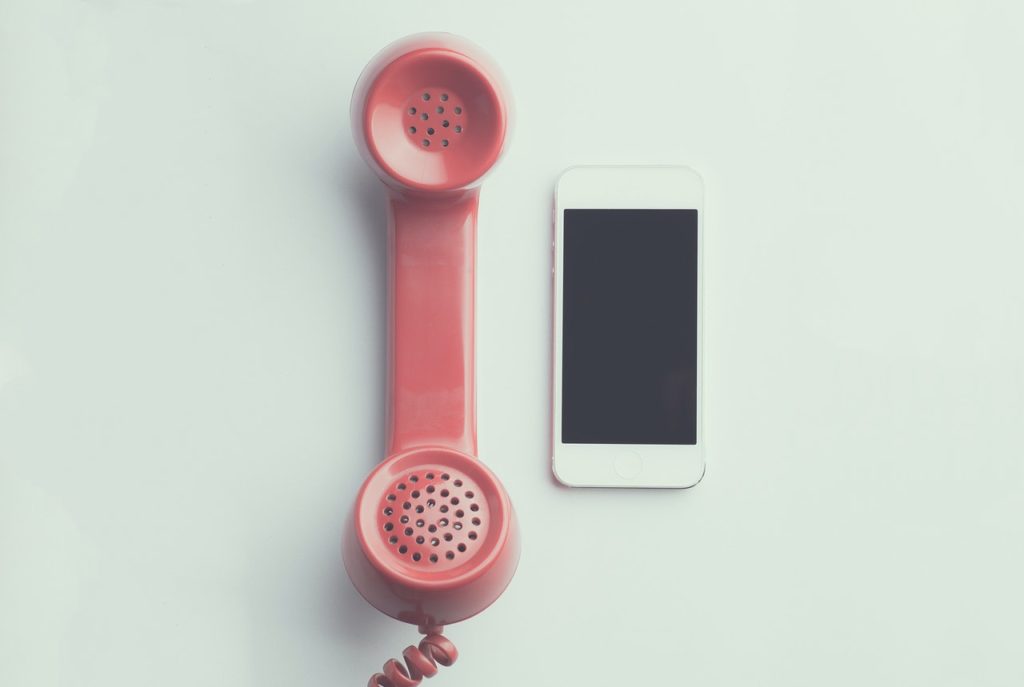The business world has been changing throughout the past few years. There are hundreds of companies and businesses that are competing for the same resources and market. Since many industries look for an advantage over their competitors, they’ll usually invest in their research and development to streamlining a business.
In almost any business model, consistency is needed to maintain an efficient workplace, especially in day-to-day operations. Several studies have shown that a person’s daily practice will become a behaviour in 66 days. Forming a habit will play an essential role during times of uncertainty and crisis, such as the COVID-19 pandemic, which has created a cascade of economic issues for many businesses in different industries.
That said, many businesses will need to adapt to the current situation by being digital-centric. With more companies migrating towards online platforms, such as social media and E-commerce sites, nobody wants to be left behind in the race for better results. But even though digital technology is currently in an up-tick trend, especially when most people work remotely, traditional technology is still an important aspect.
Most businesses, especially small-to-medium enterprises, won’t need state-of-art technological innovations when some traditional tech equipment can still function and operate fine. Although, striking a balance between traditional tech and digital tech can be tricky.
Should these businesses start jumping to the “greener” side of the fence? We’ll be answering some critical questions.
Is Traditional Tech Still Relevant?
But before anything else, we have yet to address the biggest elephant in the room: is traditional technology still relevant in an age where devices can be replaced in a year?
Based on certain studies, the public health crisis caused by the COVID-19 pandemic has shown that around 92% of business leaders have thought that their current business’s modus operandi would not be viable when it is migrated to digital platforms. With the current pandemic affecting the general output of these businesses, the situation only worsened in terms of their outlook.
Many companies currently leading in the market are usually those that have foreseen the current situation brought about by the pandemic and have already set up the trend for others.
That said, the general rule of thumb that most businesses have been following in the past few months is that the more proactive and versatile a company is in adapting to the current economic climate, the more “successful” they are in terms of revenue and business continuity.

Traditional Technology Is Still Relevant
However, traditional technology is still quite relevant, even among industries that rely mostly on high-speed data processing and the internet. It’s even more relevant among other businesses that can’t migrate digitally, such as the manufacturing, construction, mining industry that will still need mechanical equipment for daily operations.
It’s also important to note that a good percentage of the general population around the world are still in the process of transitioning towards a digital environment. Although there are already billions of users using smartphones and mobile devices, traditional tech, such as landline phones, is still being used, specifically in offices and households.
But many businesses have also seen how some of this traditional equipment could benefit from digital transformation. In fact, enterprises can buy a virtual landline number for cheap international calls that can be used for an office setting.
Striking a Balance
Although there are bound to be new inventions every year, that doesn’t mean that many businesses will need to invest in the latest technological innovations that could streamline the process.
Not only will newer technology cost more, but most enterprises will also need to spend on educating and training their workforce in interfacing with new digital equipment, software, and other processes. Sometimes, simplicity is the key to having a more productive workforce, especially among industries that are not migrating digitally.
Overall, businesses should weigh-in on the more critical aspects of their business. If these aspects can be digitalized, such as the production of goods, this can cut down on time and resources.
Although digital transformation has been the trend throughout much of the pandemic, many businesses, especially those providing essential physical services, will still be a necessary part of our everyday lives. They can be both in the physical and digital landscapes. That said, these “traditional” vital businesses will need to have the right balance of traditional technology and digital technology. Small to medium enterprises will usually still use traditional technology. However, striking the right balance has guaranteed success for many. After all, as times change, so should how businesses operate to provide the best services and goods.






